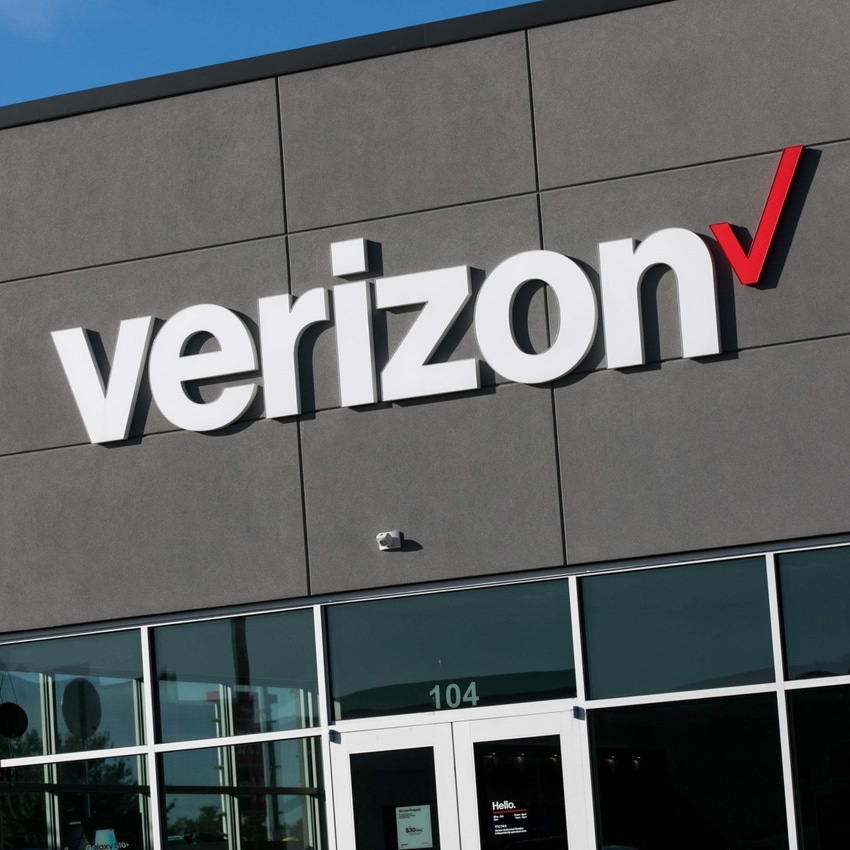
Verizon ended a four-year, $10 billion cost-cutting program last year. And on Friday, the company announced the start of another one.
"To further mitigate inflation impacts, we've started a new cost-savings program that we expect will provide a reduction in annual costs of $2-3 billion by 2025," explained Verizon CFO Matt Ellis during the operator's Q3 2022 conference call Friday. "This program will be focused on several areas in the business, including digitalization efforts to enhance the customer experience and streamlining internal operations with automation and process enhancements."
The first element of this effort involves the company's new Verizon Global Services (VGS) organization, headed by the company's top lawyer, Craig Silliman. The group will handle many of Verizon's shared services covering areas like real estate, supply chain, public policy and information security.
Figure 1:  (Source: Kristoffer Tripplaar/Alamy Stock Photo)
(Source: Kristoffer Tripplaar/Alamy Stock Photo)
Ellis, Verizon's CFO, didn't say whether further job reductions would be a part of Verizon's new cost-cutting effort. They were certainly a part of Verizon's previous cost-cutting program considering the company offered 44,000 of its management employees a buyout deal in 2018.
Broadly, Verizon's headcount has declined from around 155,000 in 2017 to just 118,000 last year.
The third quarter
The factors driving Verizon's new cost cutting program come as no surprise. The company's Q3 2022 profits fell by 23% to $5 billion in its third quarter, as noted by the Wall Street Journal.
Verizon also said its consumer business lost 189,000 wireless retail postpaid connections. That was offset by Verizon's business unit, which added 197,000 postpaid phone connections, giving the operator a total of 8,000 net new wireless connections.
The results stand in stark contrast to AT&T's third quarter performance, released Thursday. The company said it gained a whopping 708,000 postpaid phone connections.
AT&T's stock popped on the news Thursday, and remained up on Friday to around $17 a share. But Verizon's stock fell slightly Friday after the company released its own third quarter results, to around $34 per share.
The wireless network
Verizon has placed much of its hopes for growth on its 5G network. The company is working to dramatically improve that network by adding midband C-band spectrum to it.
On Friday, Verizon said it now covers 160 million people with its speedy C-band network, and expects to expand that number to 200 million in the first quarter of next year.
Interestingly, AT&T said it is on track to cover 130 million people with its own midband 5G network by the end of this year, far ahead of the company's initial projections.
During Verizon's quarterly earnings call, CEO Hans Vestberg reiterated the company's broad profit strategy: to gain new customers and to encourage existing customers to spend more money with the carrier. Specifically, he said Verizon is working to "step up" customers into more expensive service plans by offering goodies like streaming video subscriptions and faster 5G services.
Along those lines, Vestberg said 81% of Verizon's customer base now subscribes to an unlimited data plan, and that 42% have selected one of its "premium" unlimited plans. He added that 60% of Verizon's new customers selected a premium unlimited plan.
Related posts:
— Mike Dano, Editorial Director, 5G & Mobile Strategies, Light Reading | @mikeddano
About the Author(s)
You May Also Like










